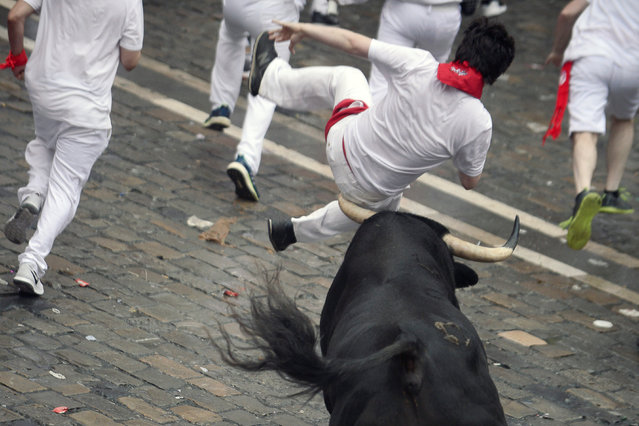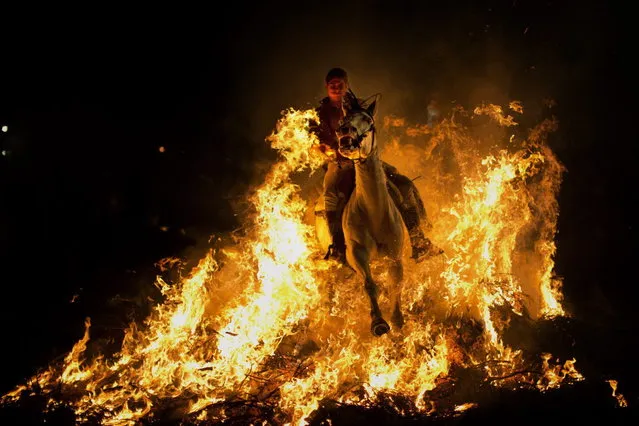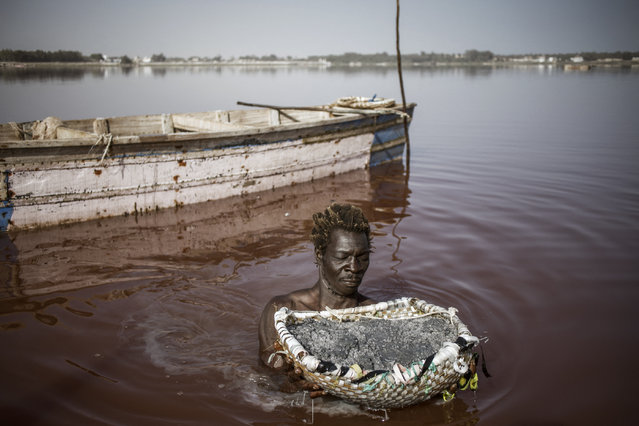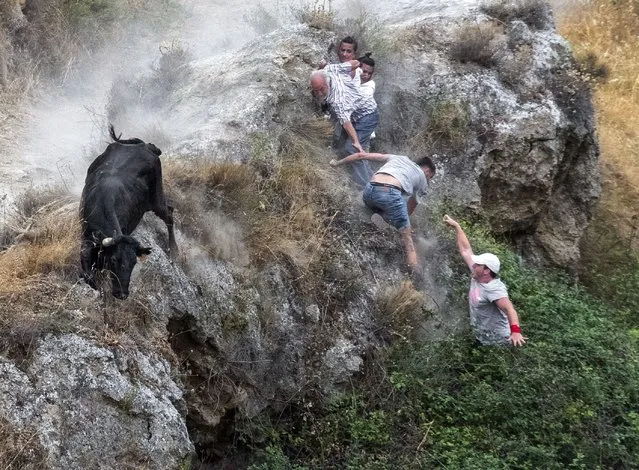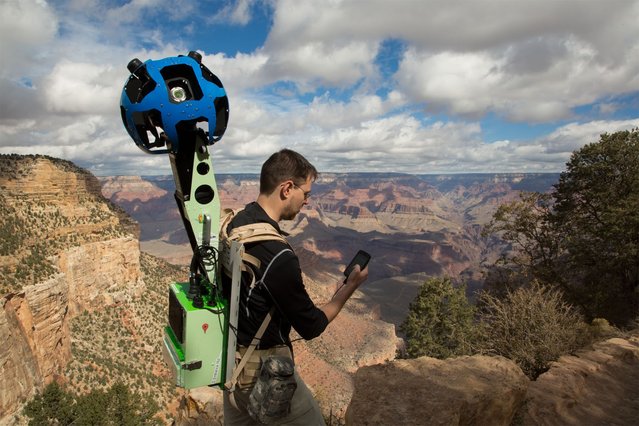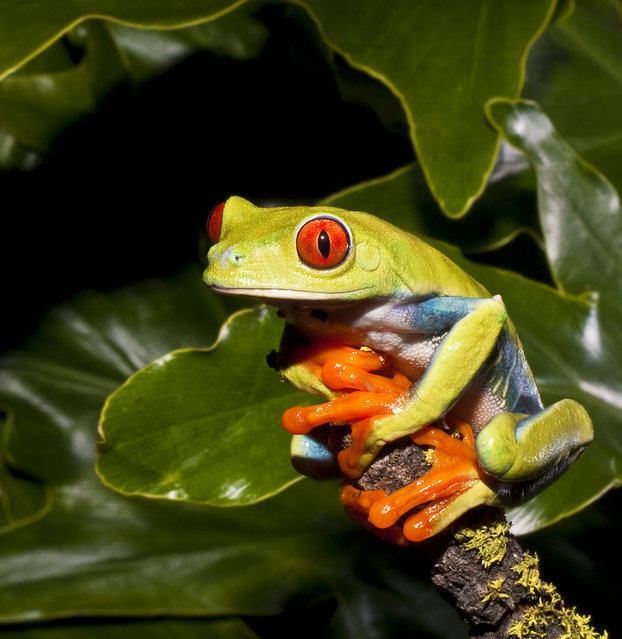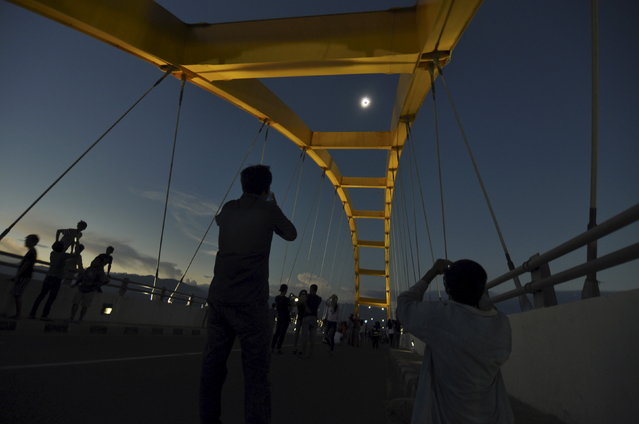
People watch a total solar eclipse from the Bay Bridge in Palu, Central Sulawesi, Indonesia March 9, 2016 in this photo taken by Antara Foto. The rare astronomical event is being witnessed Wednesday along a narrow path that stretches across 12 provinces encompassing three times zones and about 40 million people. (Photo by Mohamad Hamzah/Reuters/Antara Foto)
09 Mar 2016 12:59:00,post received
0 comments

